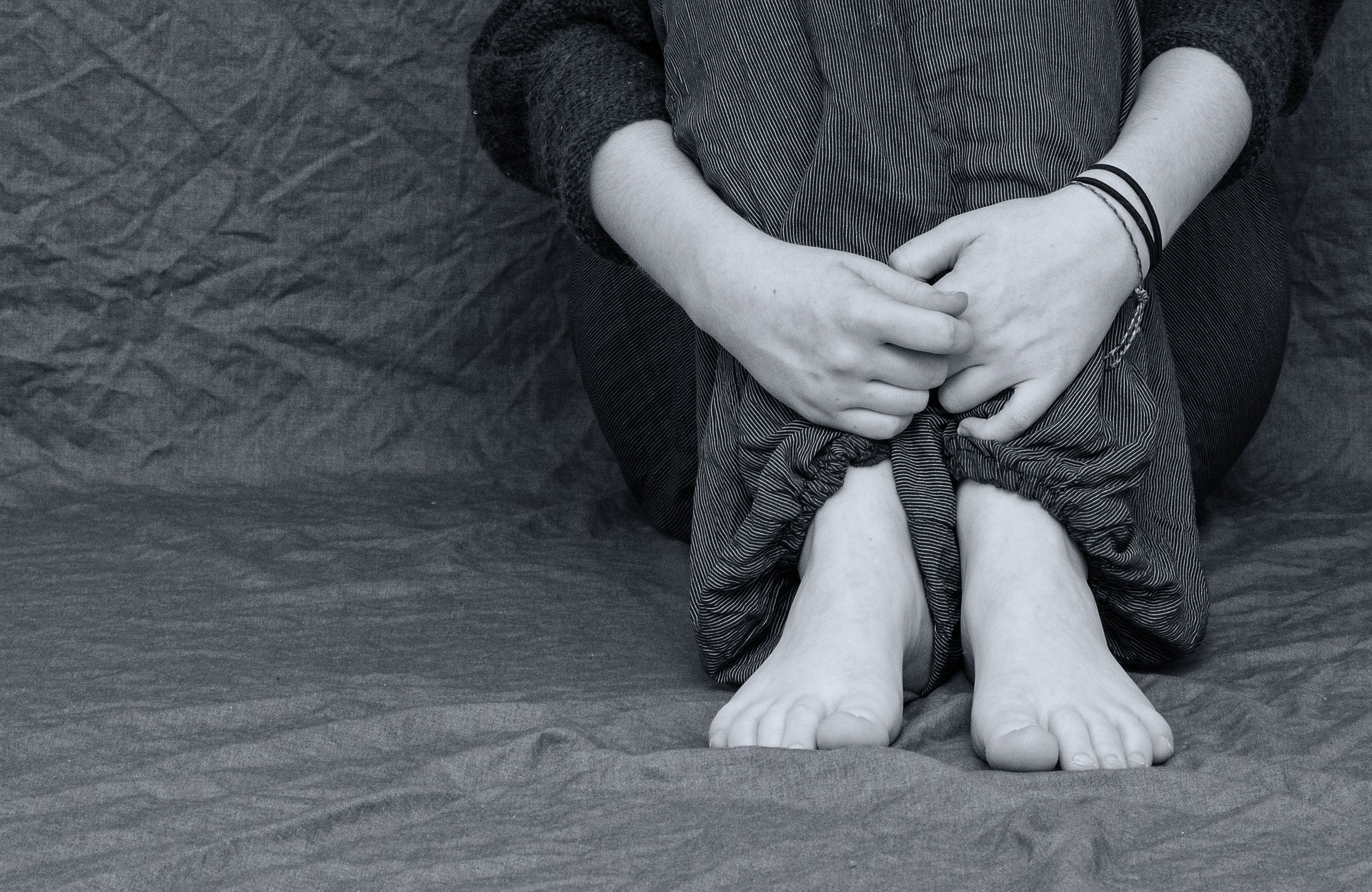A poem paints the picture.
Look at Me
Look at me.
Say yes to me.
You barely notice a life cast aside
fractured and defenseless.
When will you look at me?
How long must I remain hopeless,
caught in the darkness
yet in plain view?
But look at me.
You see, cheap, a product
commercialized and desperate, silenced,
and bound to a world, not of my making.
Open your eyes—look at me.
When will you say yes to me?
Will there be a moment
you know I am worthy?
Please, look at me.
Like waves rolling in the ocean,
I wait—but you slip away,
leaving me hopeless, abandoned, invisible.
Look at me.
Five myths perpetuate the silence.
“Human trafficking involves the use of force, fraud, or coercion to obtain some type of labor or commercial sex act.” (Source)
But what does it look like? Involuntary servitude often occurs in plain view and is considered one of our most serious hidden crimes. We can all help stop it if we clarify a few myths.
Myth 1: Human trafficking and smuggling are the same.
Fact: The illegal transfer of individuals may lead to exploitation and coercion, but the two crimes are not the same.
Myth 2: Human trafficking affects only foreign-born and poor.
Fact: Victims of this abuse span all ages, races, genders, nationalities, and socioeconomic groups.
Myth 3: Human trafficking takes place only in other countries.
Fact: Human trafficking exists in every country of the world. In the United States, human trafficking can be found in cities, the suburbs, and rural towns—maybe even next door.
Myth 4: Human trafficking is only sex trafficking.
Fact: Criminals may enlist victims for commercial sex, but forced labor also exploits individuals in various industries, including domestic service, restaurants, hotels, and agriculture.
Myth 5: Individuals must be coerced into commercial sex acts to be victims.
Fact: United States federal law considers any minor under 18 years old a victim of human trafficking whether or not they were forced or coerced.
Myth 6: Victims will attempt to seek help when in public.
Fact: Fear, threats, and violence prevent many victims from seeking help. Threats to families or children and losing control of legal identification documents keep individuals from reaching out for help.
Will you look?
Human Trafficking around the world endangers vulnerable individuals and fills the pockets of both criminals and unscrupulous labor industries. For more information and learn how you can help, visit the Blue Campaign at the Department of Homeland Security.
Will you look?
Will you act?



Leave A Comment